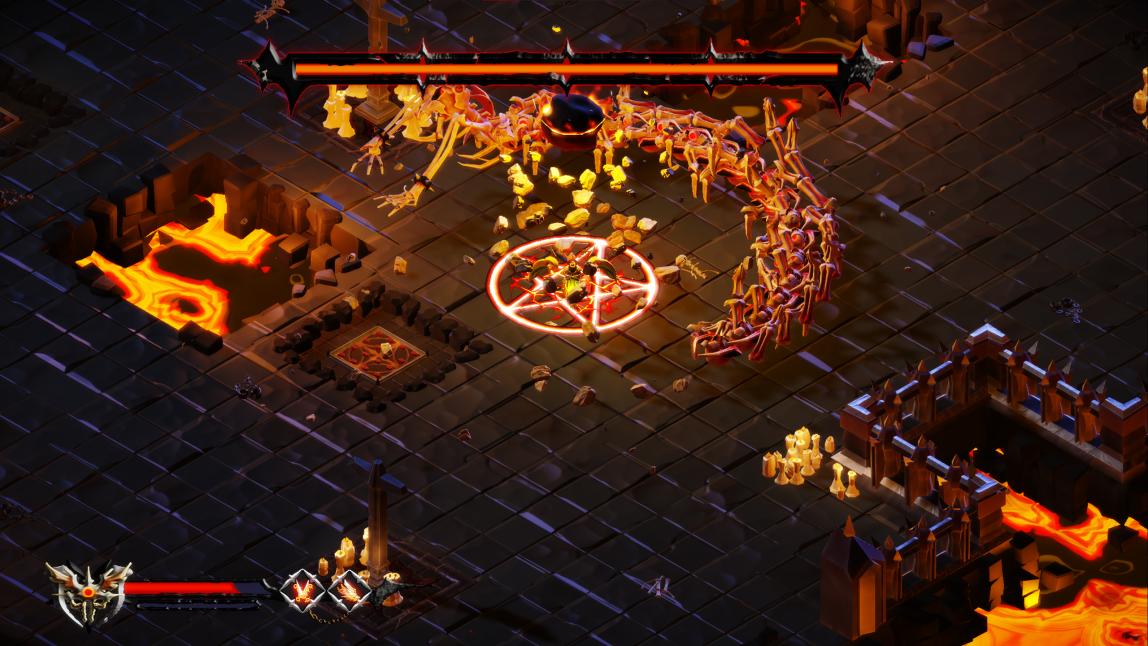
Procedural art for game ‘Hellbound' - An Interview with Catinca Matei
09/19/2023 - 14:40
It was a pleasure talking to Catinca Matei, a third-year Creative Media & Game Technologies (Visual Arts track) student who worked on the game ‘Hellbound’. In this interview, Catinca shares insights about the development process, her role as a technical artist in the project, and her future plans within the world of procedural art and game development.